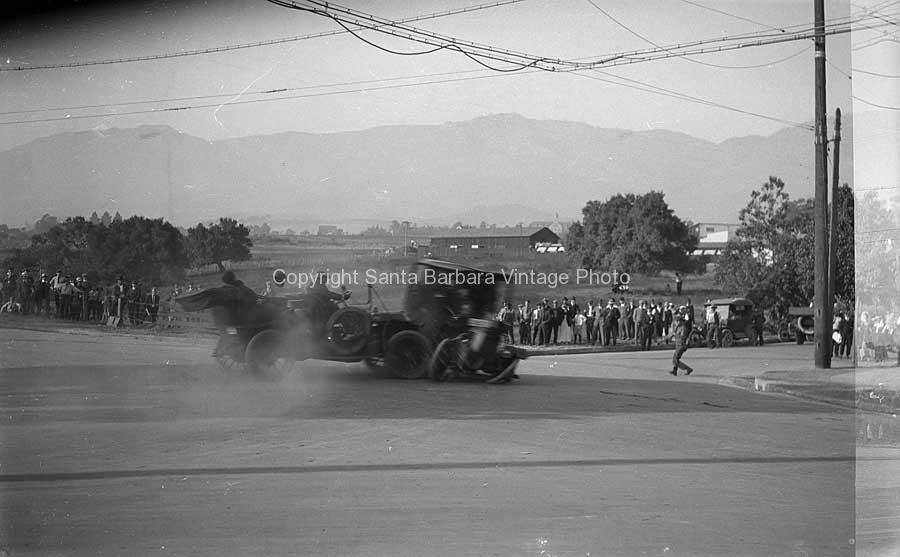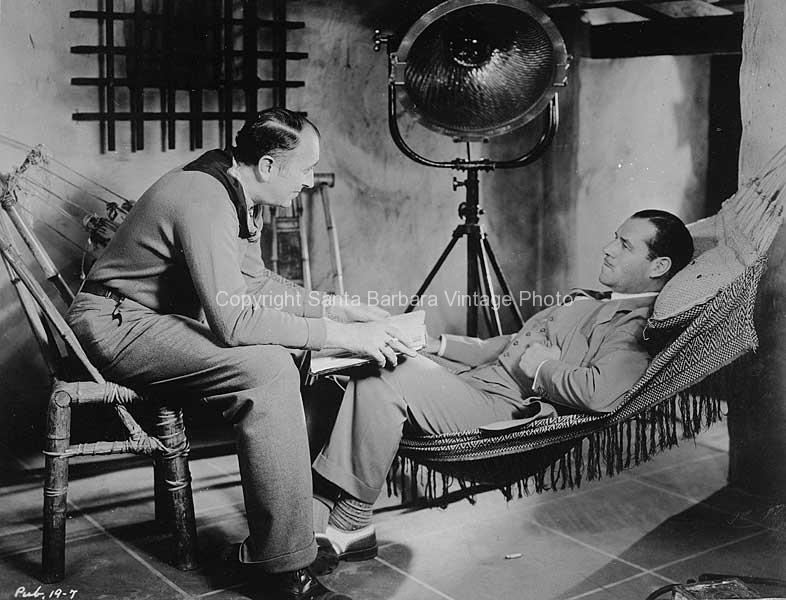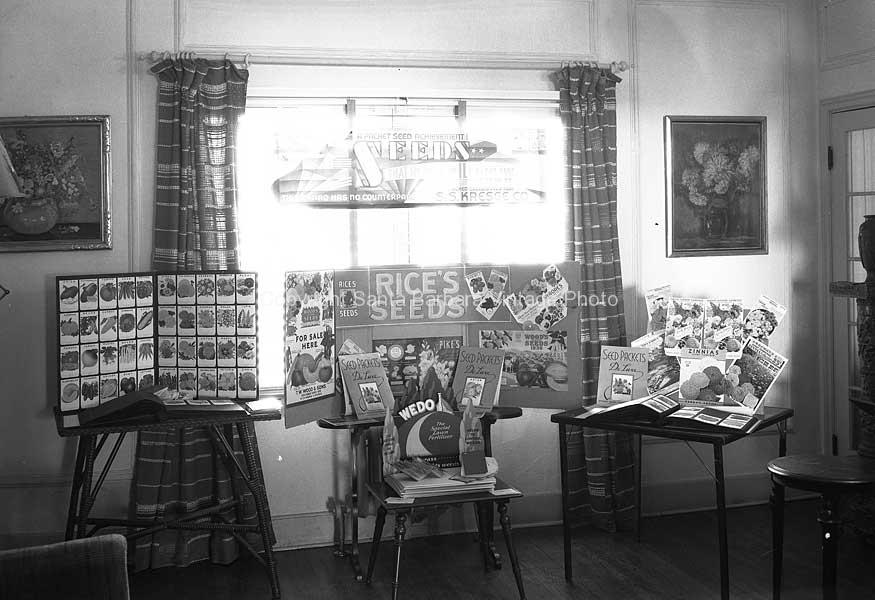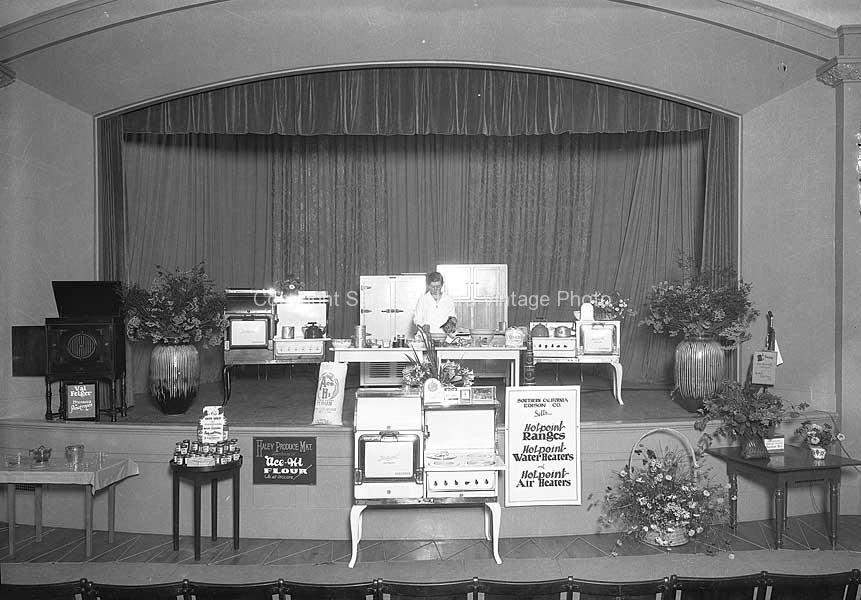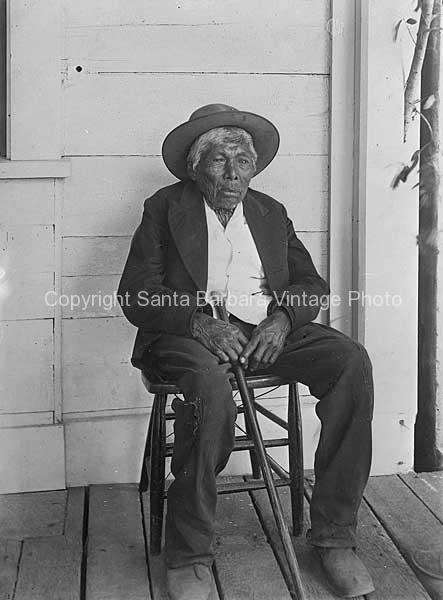Flying A Studios
History of the Flying A Studios, Santa Barbara, California
During the early days of silent films, Santa Barbara’s Flying A Studio’s facilities on West Mission Street were said to be as good as or better than any in Los Angeles. By 1916, the studio was cranking out 242 motion pictures a year.
And it had stars, including a curly-haired teen, Mary Miles Minter, who went on to become what promoters fancied as the new Mary Pickford. But MMM saw her career crash and burn after a sex scandal involving the unsolved murder of a director.
In the early days of film, fledgling movie-makers fled the East in favor of the West Coast, in search of better weather, western locations for popular cowboy sagas, and to escape marshals seeking to enforce Edison’s patent on cameras and projectors, according to Stephen Lawton’s authoritative history of the Flying A Studio.
Chicago’s American Film Company arrived here in 1912 to find everything it was looking for, including a wide variety of locations and sunshine at a time when shooting outdoors was still iffy from a technical point of view. We had the Western flavor, mansions, mountains, sea, and downtown locations. In July 1912, Flying A, so named for its winged “A” logo, arrived and went to work grinding out popular Broncho Billy Western shorts.
Things were going so well, with the nation gaga over moving pictures, that in 1913, Flying A announced plans for a huge studio complex in the first block of West Mission Street, between State and Chapala streets. It was beautifully designed and included stables for the horses, dressing rooms, and a splendid glassed-in studio for interior shots. “When this work was completed, Santa Barbara was, without question, the home of the best equipped and most artistic studio in the country,” Lawton said.
This was before Hollywood’s scandals of the 1920s, and Santa Barbara welcomed the movie crews and actors, who became local celebrities. According to Lawton, not only were locals finding work with the studio, but Flying A was also pumping important dollars into the small town, population around 15,000. By 1919, its weekly payroll was $19,000.
Lawton describes how one film crew was sent to shoot a cattle roundup in the Santa Ynez Valley, which involved a rough drive over San Marcos Pass. In 1915, a crew battled snow to film The Zaca Lake Mystery at the North County location. Another crew went to Lompoc to create Intrusion at Lompoc, a stagecoach drama.
Flying A had everything except vision. In an industry changing with blinding speed, trying to satisfy a national audience showing greater sophistication following World War I, studio executives stood pat on what they were turning out. There was a belief in the industry that audiences wouldn’t sit still for films longer than a few minutes, certainly not for feature films. Flying A was doomed by its philosophy, along with growing distribution problems of getting its films into theaters.
But during its heyday, Flying A was a great success, attracting top directors, cameramen, and actors. Not surprisingly, other studios gave thought to setting up shop here, and an outfit financed by local moneybags started up. But it soon failed.
Flying A had been too cautious in making longer features, but was catching up, producing the five-reeler The Ghost of Rosy Taylor, starring Mary Miles Minter, then only 16. Audiences had a yen for innocent-looking stars of the screen like Mary Pickford. Minter even rivaled America’s sweetheart for a time, although lacking Pickford’s acting skills.
Minter’s real name was Juliet Reilly. She apparently was very popular around town, and, according to Lawson, the Morning Press announced her arrival in 1916 as one of the “Prominent Beauties of (the) Profession … She is of the winsome type, the kind that picture patrons never tire of.” Minter made 26 films for Flying A before departing for Paramount in Los Angeles.
By 1919, Flying A was having serious distribution problems and its top people were heading to bigger studios in L.A., where the action was. It died on July 7, 1920, aged eight.
Minter, meanwhile, had less-than-innocent desires, especially for handsome director William Desmond Taylor, 30 years her senior. On the night of February 1, 1922, someone shot and killed him in his L.A. bungalow. Her love letters were found in his place and she immediately became a suspect, along with another star of the silents, Mabel Normand. Both had visited him that night, according to Kenneth Anger’s notorious book Hollywood Babylon. Another suspect was Mary’s pistol-packing mother, who, according to Anger, had been carrying on an affair with Taylor along with her daughter and Normand.
The case was never solved, but it ended Minter’s career. Her last film was released in 1923. She died in 1984 with few of her films surviving, but remembered with a star on the Hollywood Walk of Fame.
Contact Us
![]()

